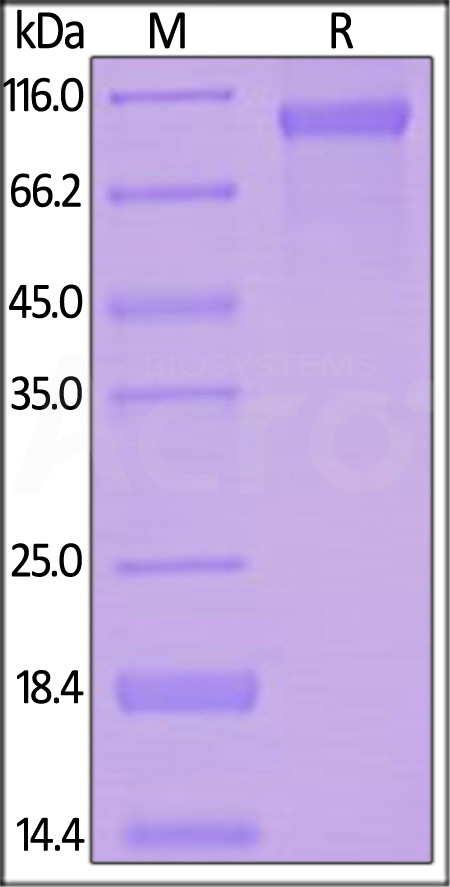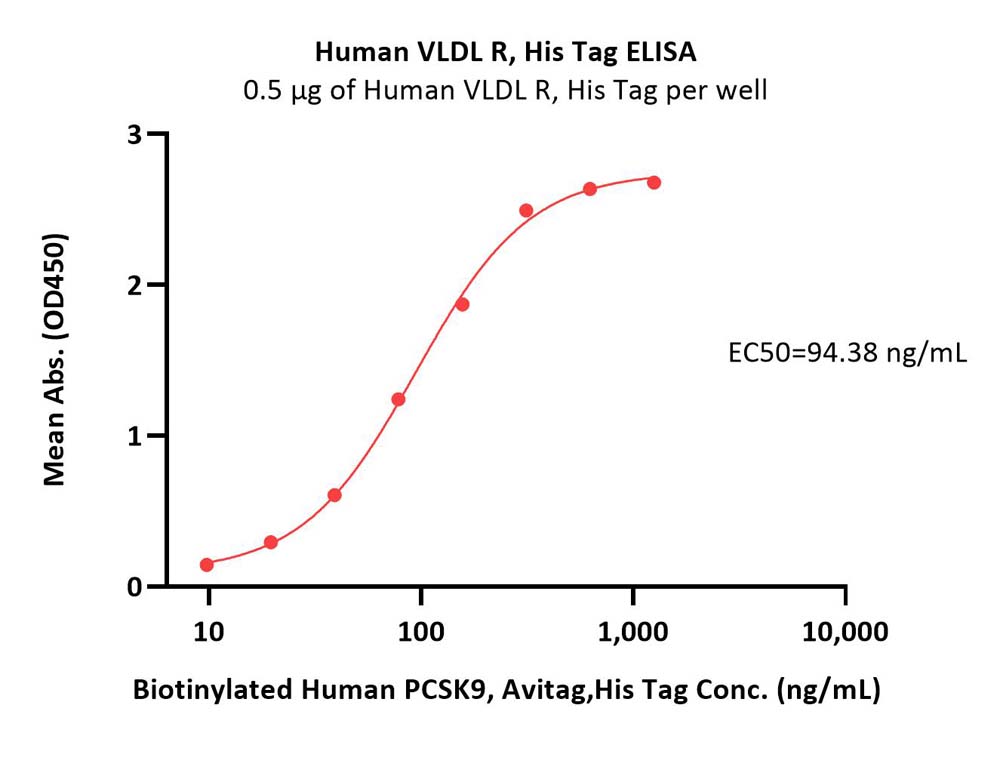Association of cytomegalovirus serostatus with ELOVL2 methylation: Implications for lipid metabolism, inflammation, DNA damage, and repair capacity in the MARK-AGE study populationGiacconi, Pirazzini, Bacalini
et alMech Ageing Dev (2025) 225, 112043
Abstract: Cytomegalovirus (CMV) infection has been linked to accelerated biological aging, potentially increasing the risk of cardiovascular disease. DNA methylation of the gene Elongation Of Very Long Chain Fatty Acids-Like 2 (ELOVL2) is a molecular biomarker for aging, and its gene product is involved in polyunsaturated fatty acid synthesis, which impacts immune and inflammatory responses. This study, conducted in the MARK-AGE population, aimed to investigate the relationship between CMV infection and ELOVL2 methylation in adults aged 35-75, as well as the influence of CMV IgG levels on lipid metabolism, inflammation, DNA damage, and DNA repair. Our data revealed a higher prevalence of ischemic heart disease, atrial fibrillation, hypertension, and diabetes in CMV-positive individuals. CMV IgG levels were positively associated with ELOVL2 methylation at specific CpG sites and with increased expression of DNA methyltransferase-1 (DNMT1). CMV IgG was linked to lipid imbalances, such as increased BMI, VLDL-cholesterol, triglycerides, and HDL1-cholesterol. Additionally, ELOVL2 methylation was associated with systemic inflammation markers, lipid parameters and altered T-cell subsets. A negative correlation was observed between CMV IgG levels and both baseline DNA integrity and repair capacity. These results suggest that CMV infection might promote cardiovascular disease through ELOVL2 hypermethylation, lipid dysregulation, inflammation, and DNA damage.Copyright © 2025 Elsevier B.V. All rights reserved.
Ultrasound Evaluation of the Short-Term Impact of Sleeve Gastrectomy on Common Carotid Artery Structure and Lower Limb Arterial Hemodynamics in Patients with Metabolic Syndrome: A Prospective Pilot StudyLiu, Zhang, Yang
et alObes Surg (2025) 35 (3), 960-969
Abstract: To investigate the application value of ultrasound in assessing the short-term impact of sleeve gastrectomy (SG) on common carotid artery (CCA) structure and lower limb arterial hemodynamics in patients with metabolic syndrome (MS).Twenty-one patients with MS undergoing SG at our hospital were enrolled as the experimental group, with 29 healthy volunteers as the control group. Ultrasound was employed to measure and compare the lumen diameter (D), adventitial thickness (AT), intima media thickness (IMT), peak systolic velocity (PSV), end-diastolic velocity (EDV), and resistance index (RI) of bilateral CCA as well as the PSV and early diastolic reverse flow velocity (R) of lower limb arteries including common femoral (CFA), proximal superficial femoral (SFA), middle superficial femoral and popliteal arteries (POA) at baseline and 1 month after SG. The correlation between laboratory indicators and ultrasound parameters of CCA was analyzed.The MS group had higher D (P = 0.004 and 0.041, respectively), AT (both P = 0.00), and IMT (both P = 0.00) of right and left CCA, lower EDV of right and left CCA(P = 0.009 and 0.019, respectively), lower PSV of RCCA (P = 0.021) and ultrasound parameters of lower limb arteries at baseline, compared to the control group. One month after SG, the MS group exhibited lower AT (both P = 0.00), IMT (P = 0.001 and 0.00, respectively), PSV and EDV (P = 0.009 and 0.019; P = 0.018 and 0.008, respectively)of right and left CCA, lower D of right CCA (P = 0.030) and certain lower limb arteries compared to preoperative levels. Correlation analysis revealed a positive correlation between white blood cell count (WBC), red blood cell count (RBC), hematocrit (HCT), absolute neutrophil count (NC), monocyte percentage (MP), average glucose (eAG), glycosylated hemoglobin (HbA1c), total cholesterol (TC), very low-density lipoprotein cholesterol (VLDL-C), and ultrasound parameters of CCA (P < 0.05).Patients with MS exhibited significant improvements in partial ultrasound parameters of CCA and lower limb hemodynamic 1 month after SG, with a significant correlation to laboratory indicators, suggesting that ultrasound can offer clinical application value in assessing postoperative changes following SG in patients with MS and validating the effectiveness of SG.© 2025. The Author(s), under exclusive licence to Springer Science+Business Media, LLC, part of Springer Nature.
Dietary Se-enrich Cardamine violifolia supplementation decreases lipid deposition and improves antioxidant status in the liver of aging laying hensYan, Cong, Wang
et alPoult Sci (2025) 104 (1), 104620
Abstract: Aging-related lipid metabolic disorder is related to oxidative stress. Selenium (Se)-enriched Cardamine violifolia (SEC) is known for its excellent antioxidant function. The objective of this study was to evaluate the effects of SEC on antioxidant capacity and lipid metabolism in the liver of aged laying hens. A total of 450 sixty-five-wk-old Roman laying hens were randomly divided into 5 treatments: a basal diet (without Se supplementation, CON) and basal diets supplemented with 0.3 mg/kg Se from sodium selenite (SS), 0.3 mg/kg Se from Se-enriched yeast (SEY), 0.3 mg/kg Se from SEC (SEC), or 0.3 mg/kg Se from SEC and 0.3 mg/kg Se from SEY (SEC + SEY). The experiment lasted for 8 wk. The results showed that dietary SEC + SEY supplementation decreased (P < 0.05) triglyceride (in the plasma and liver) and total cholesterol levels (in the plasma), and increased (P < 0.05) HDL-C concentration in plasma compared to CON diet. Compared with CON diet, SEC and/or SEY supplementation decreased (P < 0.05) the mRNA expression of hepatic ACC, FAS and HMGCR, and increased (P < 0.05) PPARα, VTG-II, Apo-VLDL II and ApoB expression. Dietary SEC + SEY and SEY supplementation increased (P < 0.05) Se content in egg yolk and breast muscle compared to CON diet. Dietary SEC, SEY or SEC + SEY supplementation increased (P < 0.05) the activity of antioxidant enzymes (GSH-PX, T-AOC and T-SOD) in the plasma and liver and decreased (P < 0.05) MDA content in the plasma compared to CON diet. Dietary Se supplementation promoted (P < 0.05) mRNA expression of Nrf2 in the liver. In contrast, dietary SEY and SEC supplementation resulted in a decrease (P < 0.05) of hepatic Keap1 mRNA expression compared to CON diet. Dietary SEC + SEY and/or SEC supplementation increased (P < 0.05) mRNA expression of Selenof, GPX1 and GPX4 in the liver compared with CON diet. In conclusion, dietary SEC (0.3 mg/kg Se) or SEC (0.3 mg/kg Se) + SEY (0.3 mg/kg Se) improved the antioxidant capacity and the lipid metabolism in the liver of aged laying hens, which might be associated with regulating Nrf2/Keap1 signaling pathway.Copyright © 2024. Published by Elsevier Inc.
Immuno-Informatics Insight into the Relationship Between Cholesterol and Cytokines in Cutaneous Leishmaniasis: From clinics to computationSulaiman, Mohammad, Thanoon
et alSultan Qaboos Univ Med J (2024) 24 (4), 507-514
Abstract: The role of serum cholesterol and its interactions with cytokines in human cutaneous leishmaniasis (CL) pathophysiology is unknown. This study aimed to evaluate the correlation among serum total cholesterol (TC), very-low-density lipoprotein cholesterol (VLDL-C), low-density lipoprotein cholesterol (LDL-C), high-density lipoprotein cholesterol (HDL-C), triglycerides (TG) and cytokines (including interleukin [IL] 10), IL-12 and tumour necrosis factor-alpha [TNF-α]) in CL. The cholesterol-cytokine network was analysed to illuminate the pathogenesis of CL.This case-control study was conducted from December 2022 to March 2023 in hospitals within Baghdad and Wasit provinces, Iraq, and included CL and CL-free subjects ranging between 20-30 years of age. The serum samples were analysed via commercial kits to detect TC, IL-10, IL-12, TNF-α, VLDL-C, LDL-C, HDL-C and TG levels. Computational efforts to dissect cholesterol-protein interaction networks were employed using STITCH.A total of 50 CL and 25 control subjects were included. The TC, HDL-C and LDL-C levels in CL patients were markedly lower (P = 0.0001) than in control subjects, whereas the IL-10, IL-12, TNF-α, VLDL-C and TG levels were higher in CL patients. Serum cholesterol showed no correlation with cytokines; however, a significant correlation (r = 0.57; P = 0.026) was observed between IL-12 and TNF-α. Within the cholesterol-protein network, cholesterol potentially interacted with IL-10, connecting cholesterol to modules with immunological significance, including TRAF1, TRAF2 and TNF receptor superfamily member 1B, as well as IL-10, IL-10RA and IL-12RB1.This study showed the alteration of lipid and lipoprotein in CL and introduced 2 immunological modules in CL, highlighting the importance of the altered cholesterol-cytokine interaction network in CL.© Copyright 2024, Sultan Qaboos University Medical Journal, All Rights Reserved.


























































 膜杰作
膜杰作 Star Staining
Star Staining















